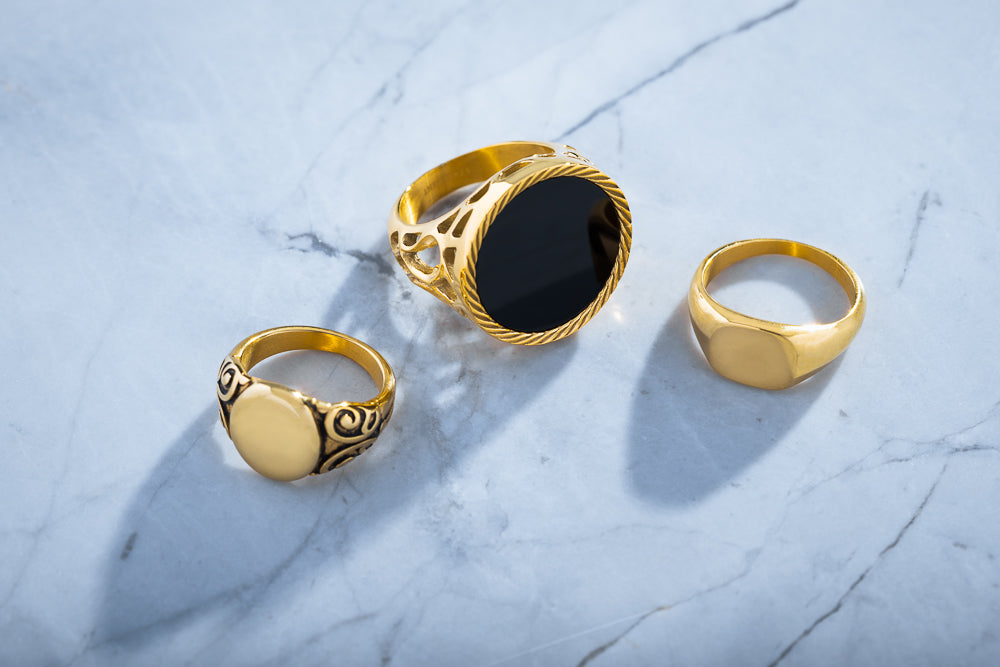How To Tell If Pearls Are Real or Fake : A Foolproof Guide To spot Fake Pearl Necklace

Pearls have been a symbol of beauty and luxury for centuries. It can be difficult to tell if a pearl necklace is real or fake. If you are considering buying a pearl necklace, here are some ways to check if the pearls are genuine.
Identifying Real Pearls and Fake Pearls
Real pearls are an elegant and timeless choice of jewelry. You can identify real pearls by rubbing them against your teeth—real ones feel gritty, while fakes feel smooth. Real pearls also tend to be heavier due to their density.

Examining the Beads
Look closely at the beads on your pearl necklace. Real pearls have a smooth surface with minimal blemishes. If the beads have bumps or ridges, they may be fake.
Checking for Luster
Real pearls will have a lustrous surface that reflects light beautifully. If the pearls are dull, they may not be genuine.

Testing for Smoothness
Real pearls will feel smooth and have a consistent color. Fake pearls may feel rough or have an uneven surface.
Looking for Irregularities
Genuine pearls often have slight imperfections and irregularities. Artificial pearls tend to be too perfect, with an overly glossy surface.
Conclusion: How to Tell if Pearls are Real
Here are key steps to identify real pearls:
- Examine for imperfections and irregularities.
- Check the smoothness by rubbing against your teeth—real pearls feel gritty.
- Look for a natural lustre that reflects light beautifully.

How can you tell if a pearl is real?
Real pearls have a gritty texture when rubbed against your teeth, and they usually have slight imperfections. Fake pearls, on the other hand, feel smooth and may look too perfect.
Can you identify real pearls at home?
Yes, you can. You can check for grittiness by rubbing the pearl against your teeth, and observe the lustre and surface irregularities. Real pearls will have a more natural shine and uneven surface.
Are real pearls heavy?
Real pearls are denser and heavier than fake ones. However, the weight also depends on the type of pearl—South Sea and Tahitian pearls, for example, are heavier than freshwater pearls.
Do real pearls need special care?
Yes, real pearls should be stored away from direct sunlight and kept in a cool, dry place. Store them in a soft pouch or a box lined with a soft material to prevent damage.
Are real pearls magnetic?
No, real pearls are not magnetic. Imitation pearls might have a magnetic core, but genuine pearls are made from organic material that does not respond to magnets.



